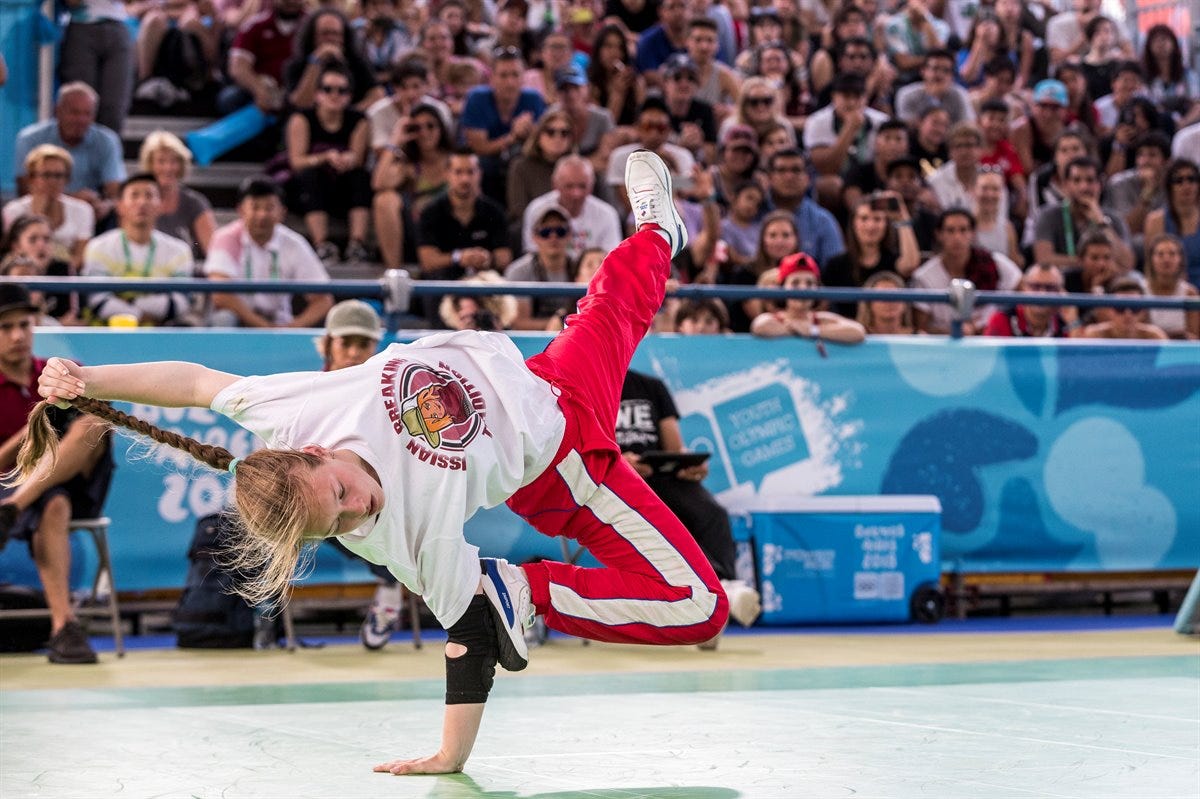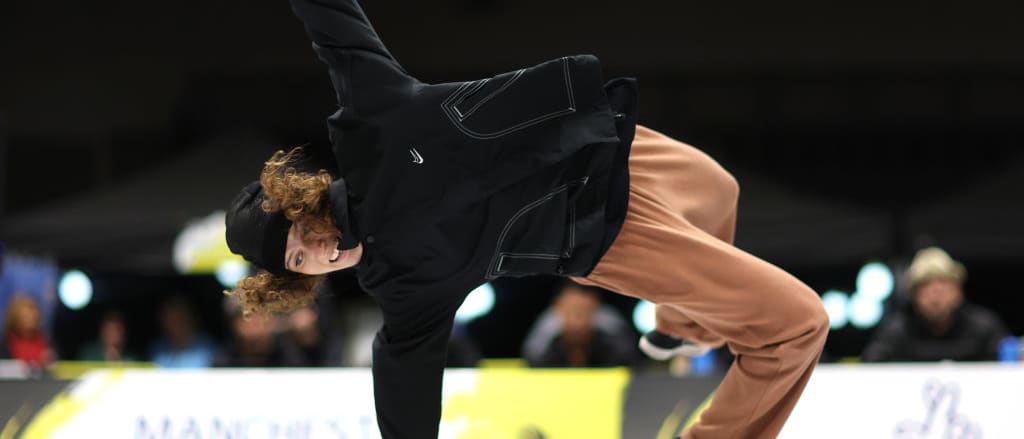Understanding the Olympic Breaking Schedule: Olympics Breaking Schedule
The Olympic breaking schedule is a critical element in the success of the competition, affecting both athletes and fans. It dictates the order and timing of events, shaping the overall experience of the Games.
Factors Influencing the Breaking Schedule
The creation of the breaking schedule is a complex process, influenced by various factors:
- Number of Events and Athletes: The sheer volume of events and athletes participating requires careful consideration to ensure a balanced and fair schedule. A larger number of events and athletes necessitates a more extended schedule to accommodate all competitions.
- Venue Availability and Logistics: The schedule must align with the availability of venues, considering factors such as venue capacity, accessibility, and logistical considerations like transportation and staffing.
- Television Broadcast Rights: Broadcast rights play a significant role in shaping the schedule, as networks aim to maximize viewership by scheduling popular events during prime time slots. This can sometimes lead to conflicts with athlete preferences and competition requirements.
- Athlete Recovery and Performance: The schedule is designed to allow sufficient recovery time between events, particularly for athletes competing in multiple disciplines. This ensures athletes can perform at their best without compromising their well-being.
- Cultural Considerations: The Olympic Games are a global event, and the schedule must take into account cultural considerations, such as religious observances and local customs.
Impact of the Breaking Schedule on Competition Outcomes
The breaking schedule can have a direct impact on competition outcomes, influencing factors such as:
- Athlete Fatigue: A packed schedule with limited recovery time can lead to athlete fatigue, impacting their performance. For example, an athlete competing in both the 100m and 200m sprints may experience fatigue if the events are scheduled close together.
- Strategic Considerations: The schedule can influence strategic decisions made by athletes and coaches. For example, a coach might choose to focus on a particular event based on its timing and potential for medal contention.
- Fan Engagement: The schedule can influence fan engagement, with prime-time events attracting larger audiences. This can create a more exciting atmosphere for athletes and contribute to the overall success of the Games.
Analyzing Key Elements of the Schedule

The Olympic breaking schedule is meticulously crafted, considering various factors to ensure a balanced and engaging experience for athletes, spectators, and broadcasters. This analysis delves into the key elements of the schedule, examining the categories of events, the criteria used for timing and order, and the balancing act involved in accommodating diverse sports and athletes.
Categories of Events, Olympics breaking schedule
The breaking schedule encompasses a wide range of events, categorized by sport, discipline, and gender. This diverse range reflects the breadth of athleticism showcased at the Olympics.
- Individual Sports: Events like swimming, gymnastics, athletics, and archery, where athletes compete individually against others in their respective categories.
- Team Sports: Sports such as basketball, volleyball, and hockey, where teams of athletes compete against each other in a coordinated effort.
- Mixed Events: Events where male and female athletes compete together, promoting gender equality and showcasing unique dynamic combinations.
Criteria for Timing and Order
The timing and order of events are determined by a complex interplay of factors, prioritizing fairness, athlete performance, and spectator engagement.
- Event Complexity: Events requiring extensive preparation, such as equestrian competitions or synchronized swimming, are often scheduled earlier in the day to allow sufficient time for setup and athlete warm-up.
- Physical Demands: Events demanding high physical exertion, like marathons or long-distance cycling, are usually placed at the end of the day, considering the impact on athlete performance.
- Peak Viewing Hours: Primetime slots are reserved for events expected to attract the largest audience, strategically balancing the needs of viewers and athletes.
- Broadcast Considerations: The schedule takes into account the needs of global broadcasters, ensuring key events are aired during peak viewing hours in major markets.
Balancing Needs of Different Sports and Athletes
The Olympic schedule aims to provide a fair and balanced platform for all participating sports and athletes, considering their diverse needs and requirements.
- Competition Timetables: The schedule accommodates the unique competition timetables of different sports, ensuring athletes have sufficient time for training, recovery, and competition.
- Athlete Rest and Recovery: The schedule incorporates rest days and flexible scheduling to allow athletes adequate time for recovery, particularly for events with high physical demands.
- Equal Opportunity: The schedule ensures that all sports and athletes have an equal opportunity to showcase their skills and compete for medals, promoting fair play and inclusivity.
Exploring the Impact of the Breaking Schedule

The Olympic breaking schedule plays a crucial role in shaping the overall experience for athletes and spectators. Its design impacts athlete performance, spectator engagement, and the overall flow of the Games.
Impact on Athletes
The breaking schedule can significantly influence athlete performance. Athletes need adequate rest and recovery time between competitions, and the schedule should allow for this. A tightly packed schedule with little downtime can lead to fatigue, injury, and subpar performances. A well-structured schedule with sufficient breaks can allow athletes to optimize their performance and avoid burnout.
Impact on Spectators
The breaking schedule also impacts spectator experience. A well-designed schedule ensures spectators can attend multiple events without having to make difficult choices. It also allows for a more enjoyable and engaging experience, with breaks between events providing time for food, refreshments, and interaction with other spectators.
Examples of Breaking Schedules
The breaking schedule for the 2020 Tokyo Olympics was designed to maximize athlete performance and spectator engagement. For example, the schedule for the track and field events was spread out over several days, allowing athletes adequate time to recover between competitions. This approach ensured that the athletes could perform at their best and that spectators could enjoy a variety of events without having to choose between them.
Example of a Daily Schedule
Here is a hypothetical example of a daily schedule for a specific Olympic event, highlighting key moments and breaks:
| Time | Event | Notes |
|---|---|---|
| 8:00 AM | Opening Ceremony | The opening ceremony sets the tone for the Games and introduces the participating nations. |
| 9:00 AM – 12:00 PM | Swimming Preliminaries | Athletes compete in preliminary heats to qualify for the finals. |
| 12:00 PM – 1:00 PM | Lunch Break | Time for spectators to enjoy food and refreshments. |
| 1:00 PM – 4:00 PM | Gymnastics Finals | Athletes compete in the gymnastics finals for gold, silver, and bronze medals. |
| 4:00 PM – 5:00 PM | Break | Time for spectators to relax and explore the Olympic Village. |
| 5:00 PM – 8:00 PM | Track and Field Finals | Athletes compete in the track and field finals, including the 100-meter dash, the 400-meter hurdles, and the marathon. |
| 8:00 PM – 9:00 PM | Closing Ceremony | The closing ceremony celebrates the end of the Games and recognizes the achievements of the athletes. |
Olympics breaking schedule – The Olympics are a time of intense competition and emotional highs, but for some, the real excitement lies in the unexpected breaks in the schedule. These pauses offer a chance to catch your breath, grab a bite to eat, or even indulge in a bit of nostalgia, like collecting the limited-edition McDonald’s collector meal cups that often pop up during major sporting events.
And just like the athletes, these breaks in the action are fleeting, so it’s important to make the most of them and savor the moments that bring a little extra joy to the Olympic experience.
The Olympic schedule is packed with thrilling events, leaving little time for anything else. However, even amidst the excitement, it’s important to stay informed about safety alerts, like the recent ice cream recalled due to potential health risks. Thankfully, with a little planning and awareness, you can enjoy the Games without compromising your well-being.
